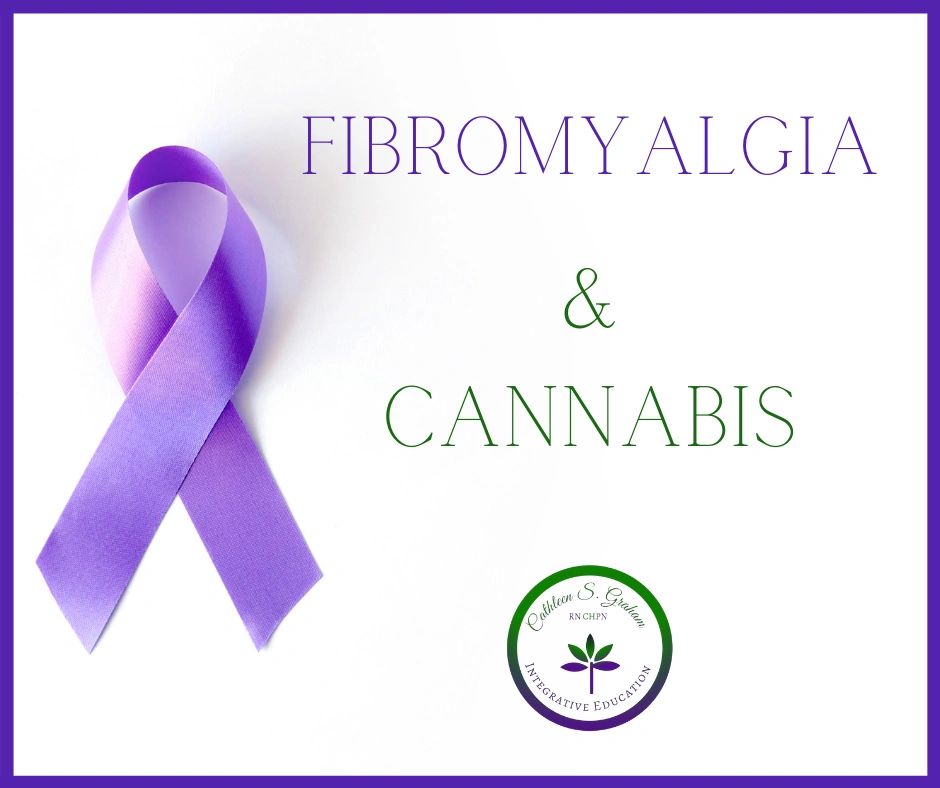
Fibromyalgia: Is It an Autoimmune Disease?
There are currently no effective treatments for fibromyalgia, a chronic condition that causes widespread pain, sleep problems, fatigue, and emotional distress. The underlying cause has remained a mystery, although some research has hinted at the involvement of the immune system. A study has now found that antibodies from people with fibromyalgia induce symptoms of the disease in mice, which strongly suggests that fibromyalgia is an autoimmune disorder. The discovery could lead to diagnostic blood tests for the disease and more effective treatments. People with fibromyalgia have chronic pain and sensitivity to pressure and cold all over their body. They may also have trouble sleeping and experience fatigue and emotional distress. Fibromyalgia has a lot of symptoms in common with autoimmune diseases. In fact, a lot of people mistakenly believe that it's classified as autoimmune. It's not--at least, not at the moment. Fibromyalgia affects 2% to 4% of adults. Autoimmune diseases can, and frequently do, occur alongside it. Additionally, some autoimmune diseases, such as lupus , have symptoms that are strikingly similar to fibromyalgia. Because fibromyalgia was once believed to be an arthritis-related condition, and many types of arthritis, such as rheumatoid arthritis (ra) , are autoimmune diseases, the assumption used to be
read more →How common is fibromyalgia? 271
Some people with fibromyalgia also develop irritable bowel syndrome (ibs). Ibs is a common digestive condition that causes pain and bloating in your stomach. It can also lead to constipation or diarrhoea. This symptom is the absolute indication of something is going wrong with you. Touch sensitivity is not common in every condition, but, for people with fibromyalgia, this condition is not new. Hyperesthesia and hyperalgesia are two types of touch sensitivities found in people with fibromyalgia. If you’re becoming oversensitive to the sensory input, then, this condition is known as hyperesthesia and if your pain sensations are escalating due to sensory input, then, this condition is termed as hyperalgesia. In severe cases, you can experience both, hyperesthesia and hyperalgesia, but the intensity may vary. Fibromyalgia affects as many as 4 million americans 18 and older. 1 the average age range at which fibromyalgia is diagnosed is 35 to 45 years old, but most people have had symptoms, including chronic pain, that started much earlier in life. Fibromyalgia is more common in women than in men. 1,2. Fibromyalgia is more common in women than in men. In addition, they often have more severe symptoms. Female fibromyalgia
read more →
1- Pain on fire
“burning skin. Sometimes my skin feels like it’s on fire, it feels raw. Imagine spending hours in the hot sun without any skin protection. Then you take a dip in the sea and the salt water burns your damaged skin. Then you get dressed for a night out and your clothes rub against your skin raw. When you have fibromyalgia, clothing alone can cause this pain, no sunlight is required. ” – jo m. “the pain on my shoulders and skin where i can’t even let my husband gently rub them in affection because it hurts too much… or hug me because it feels like my body is going to break. 6- Anxiety and depression Eventually, people who have fibromyalgia will start to have memory problems or difficulties concentrating on tasks. Depression and anxiety are linked alongside fibromyalgia, too. Since this disease impacts the brain and abnormalities in areas that deal with pain tend to be found, it can cause major cognitive difficulties with other aspects of the brain. The most common symptoms of fibromyalgia include pain/tenderness all over the body, morning stiffness, fatigue/tiredness, sleep problems, mood disorders (depression, anxiety), tingling/numbness/swelling in the hands and feet,
read more →
How common is fibromyalgia?
Biopsychosocial model of medicine an interdisciplinary model commonly used in the field of chronic pain that incorporates the interactions among biological factors (such as physio-pathological factors), psychosocial factors (that is, emotional factors, such as distress or fear) and behavioural factors. Paraesthesia a qualitative alteration of the sensitivity of the skin (which can be an abnormal sensation of pricking, tingling and numbness). Fibro-fog a symptom of fibromyalgia involving an inability to think clearly or difficulties in concentrating. Raynaud phenomenon a condition that causes decreased blood flow to the extremities (such as the fingers, toes, ears and nose) due to vasospasm; such spasms occur in response to cold, stress or emotional upset. This symptom is the absolute indication of something is going wrong with you. Touch sensitivity is not common in every condition, but, for people with fibromyalgia, this condition is not new. Hyperesthesia and hyperalgesia are two types of touch sensitivities found in people with fibromyalgia. If you’re becoming oversensitive to the sensory input, then, this condition is known as hyperesthesia and if your pain sensations are escalating due to sensory input, then, this condition is termed as hyperalgesia. In severe cases, you can experience both, hyperesthesia and hyperalgesia, but the intensity may vary.
read more →